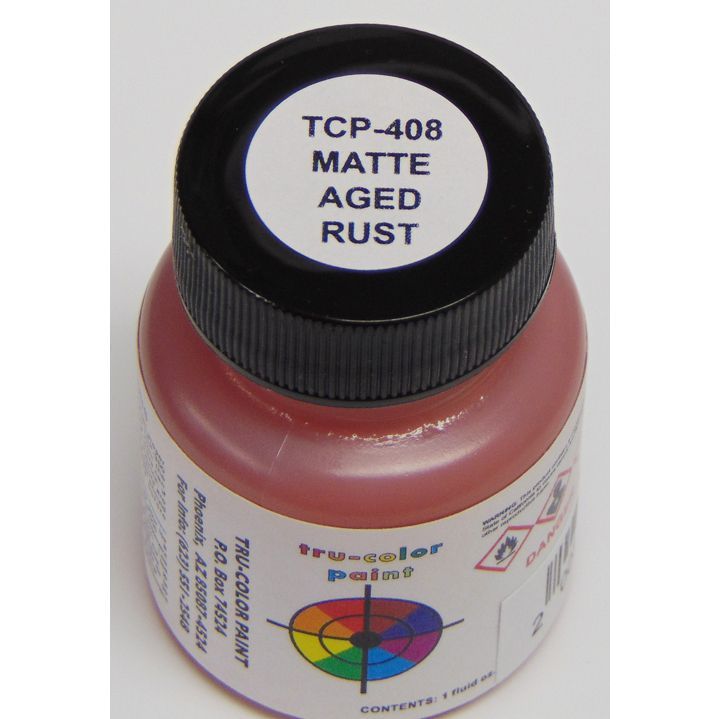Tru-Color Paint - Various Colors
I am 57 and as I write this and like many I have mourned and am mourning the demise of hobby paints thanks to Rustoleum. I remember many good paint lines that have come and gone and many due to consolidation under Testors and later Rustoleum, Names like Model Master, Testors, Floquil, Polly S and Pactra to name some. I am more of an Enamel and Lacquer based paint user than acrylic; but have also done my fair of painting with acrylics. There are a lot of other paints available – Gunze Sanyo, Tamiya, AK Interactive, Mig, and Vallejo, but like most modelers I am a creature of habit and change is hard. So, as I have watched a multitude of railroad, naval and now military colors go away, and am faced with change. I jumped at an opportunity to try a new line of paint that has more bite than standard acrylics.
In fairness to Tru-Color they have been on the scene for some years now and continue to expand their product lines. I am not the first reviewed in IPMS to sample their products, but I share my experience using the paint in a build. I requested and received 4 bottles of paint, two of which I used in a build of the AFV Club 1/350 LST-1. The paints I received:
- Matt Rail Brown (TCP 400)
- Matt Dark Rust (TCP 406)
- Matt Aged Tar (TCP 434)
- Yellow Doped Linen BC05 (TCP 1254)
I used Matt Dark Rust and Matt Aged Tar in my build of the LST kit. I found the Dark Rust to be a good match for the brownish red anti-fouling found on some U.S. ships during WWII. The Aged Tar was a good for the black boot topping.
These are solvent based acrylic paints which use a small percentage of acetone in its blended base, which gives them more bite than water-based acrylics. The paints are airbrush ready and as I confirmed, not suitable for brushing. If you find with time you need to thin the paint, Tru-Color recommends their thinner TCP-015 or TCP-310 Retarder, since straight acetone is too strong and will alter the formulation. But straight acetone is great for clean up thoroughly removing the paint. Tru-color paints can be mixed for differing shades or fading but cannot be mixed with other brands of paints.
In my application, I applied the colors directly onto the plastic without primers. I did clean the plastic to remove any mold release or body oils since we all fondle our plastic! I used a both a single action and double action brush straight from the bottle at the recommended pressure of 28-35 PSI. I like to shoot around 25 PSI, so this was not real adjustment for me. I kept the flow low to mist on coats. I found the Dark Rust flowed easily and provided good coverage after several light coats. The Aged Tar was a little thicker and could have used a little thinner or retarder. Still I achieved good results.
After spraying the Dark Rust, I let it sit for several days. I also shot a test wing to more fully abuse. The paint did not pull up after masking with a les adhesive tape. On my test wing I used harsher tape and still it did not pull. After masking and painting the boot topping on the hull, I painted with Model Master Acryl for the upper hull. After several days of curing I did have some pull up of Model Master Acryl, but not Tru-Color. I was totally satisfied with Tru-color in this application.
While acetone takes a bit of getting used to, it did thoroughly clean my brushes. The high evaporation rate meant I could quickly shift the air brush to another solvent.
Since I did not use the Yellow Doped Linen and Matt Rail Brown, I am providing color chips for the reader.
I really like this paint and plan to acquire more in the future. Strongly recommended.














Comments
Add new comment
This site is protected by reCAPTCHA and the Google Privacy Policy and Terms of Service apply.
Similar Reviews